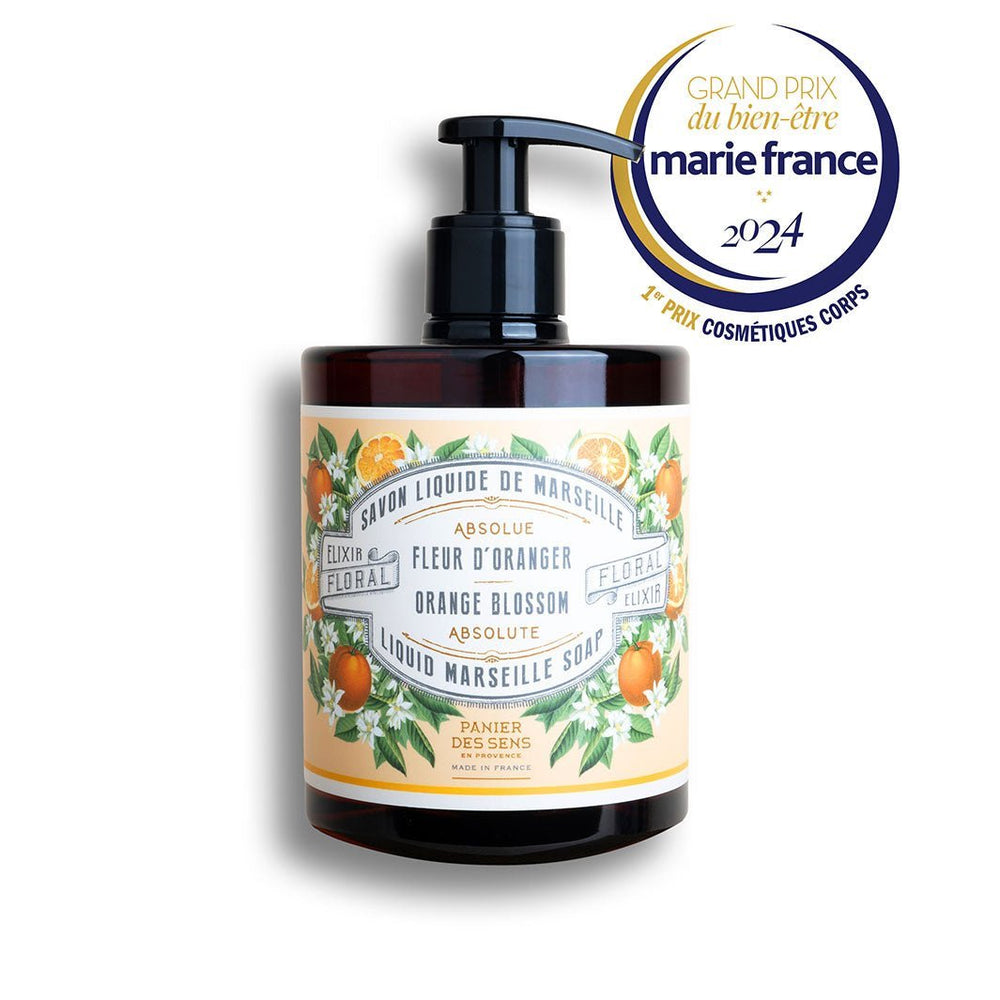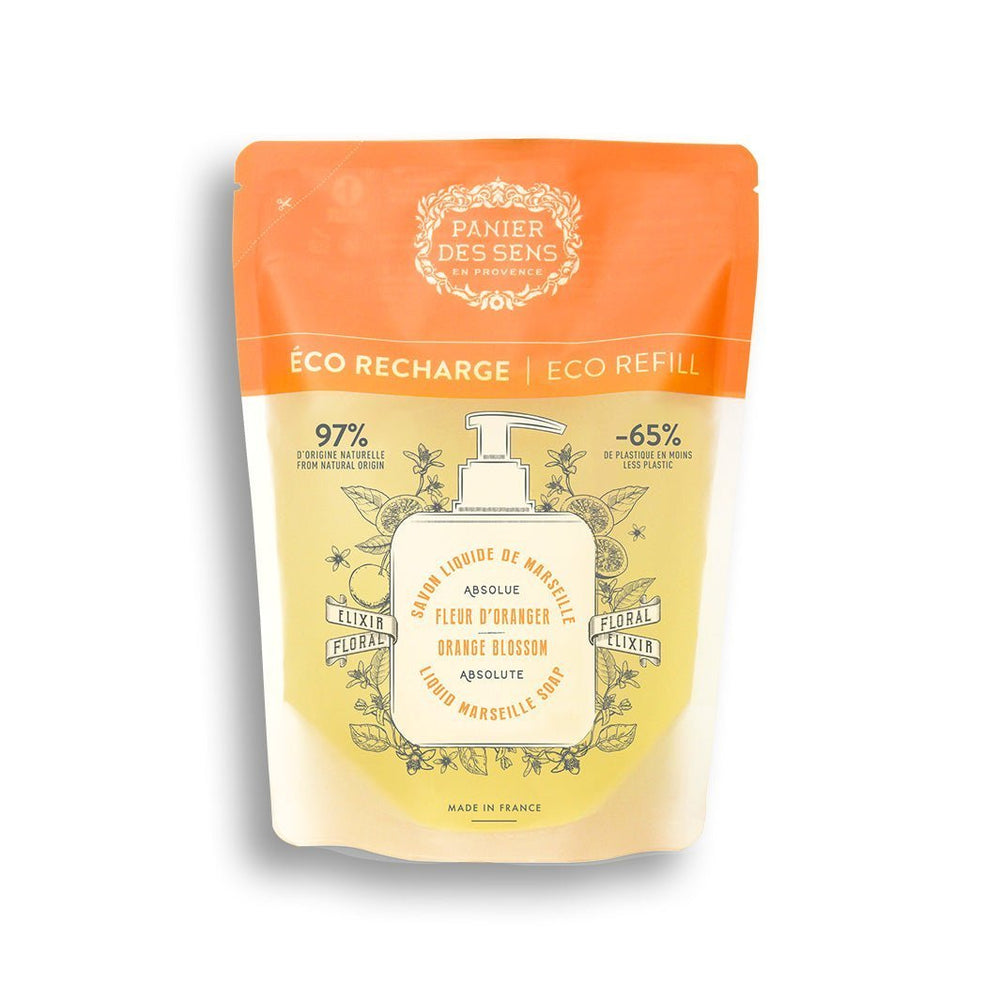How can you recognize genuine liquid Marseille soap?
The quest for authenticity in daily care products invites us to pay particular attention to the recognition of a liquid Marseille soap liquid Marseille soap. This French cosmetics treasure, appreciated for its cleansing virtues and mildness, has become a household staple. However, the market offers a vast range of products under this name. So how can you tell the difference between the original and the substitute? We take a look at the essential composition criteria, from traditional ingredients to additives to avoid.
In addition, sensory characteristics such as appearance and smell must be faithful to the ancestral product. Finally, we'll unravel the mysteries of how it's made, so you can learn more about this iconic product. Get your bearings with our article on how liquid Marseille soap is made.

Composition criteria for authentic liquid Marseille soap
Traditional ingredients
The authenticity of a liquid Marseille soap is measured above all by the purity of its composition. Originally, this emblematic cleanser contained only natural, simple and effective ingredients. The basis of a genuine liquid Marseille soap is the use of vegetable oils, principally olive oil, recognized for its moisturizing and skin-protecting virtues. Potassium hydroxide is also an essential component, enabling the oils to be saponified. This age-old chemical reaction is at the heart of the manufacturing process and gives the soap its unrivalled cleansing properties.
Additives to avoid
In a world where cosmetics are often packed with synthetic additives, liquid Marseille soap must remain true to its original formula. So, it's important to be vigilant and avoid products containing parabens, silicones or sulfates. These substances can not only alter the quality of the soap, but also have a negative impact on our health and the environment. A true liquid Marseille soap is characterized by a short, easy-to-understand list of ingredients, with no superfluous gimmicks or foaming agents that would detract from the product's traditional heritage.
Quality certifications
International standards and guarantees
Beyond France's borders, certain international standards reinforce the credibility of an authentic liquid Marseille soap. For example, the RSPO (Roundtable on Sustainable Palm Oil) label is a key indicator for those concerned about the responsible use of palm oil in cosmetics. This ensures that the vegetable oils used in your soap come from sustainably and ethically managed plantations. It is essential that consumers scrutinize these labels to ensure not only quality, but also respect for the ethical principles that guide conscious purchasing today.
Sensory and aesthetic aspects
Appearance and texture
When we think of Marseille soap, we immediately imagine its emblematic silhouette: a cube or parallelepiped with clean-cut edges, a geometric simplicity that makes it more than just a product, a genuine object of functional design. In its liquid version, this soap retains its minimalist essence: it is often presented in streamlined bottles, revealing its creamy texture. Authentic liquid Marseille soap has a natural color that can vary from green to ochre, reflecting the saponified vegetable oils it contains. The consistency should be rich but not viscous, a sign of a formula devoid ofsuperfluous additives.
The distinctive scent of Marseille soap
If appearance is important, olfaction is no less important in recognizing a genuine liquid Marseille soap. It exudes a subtle scent reminiscent of the sun-drenched olive groves of southern France. This discreet fragrance comes directly from the vegetable oils used, notably olive oil with its herbaceous and slightly fruity notes. Don't expect exuberant or artificial fragrances; here, purity and naturalness take precedence. Any olfactory addition other than these natural scents could indicate that you're dealing with a derivative rather than an authentic Marseille soap.
We recommend these other pages:






































